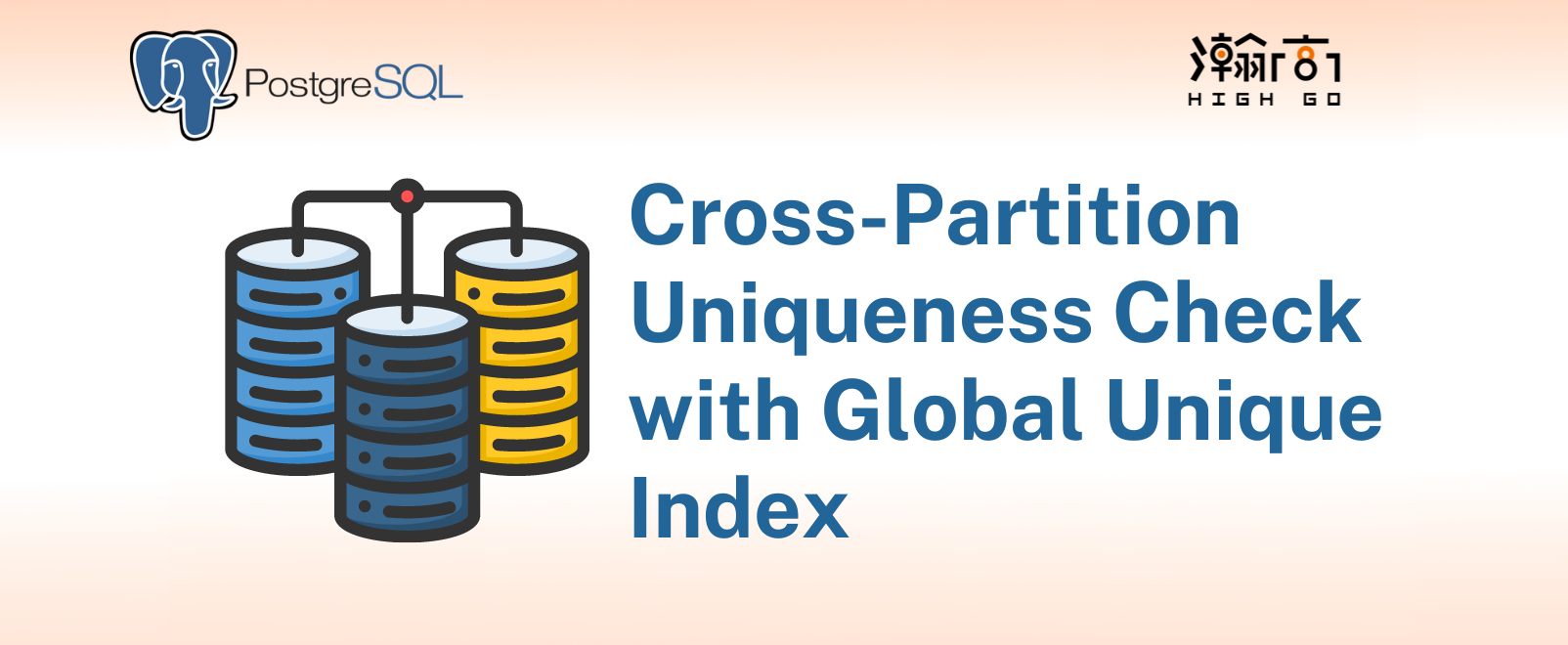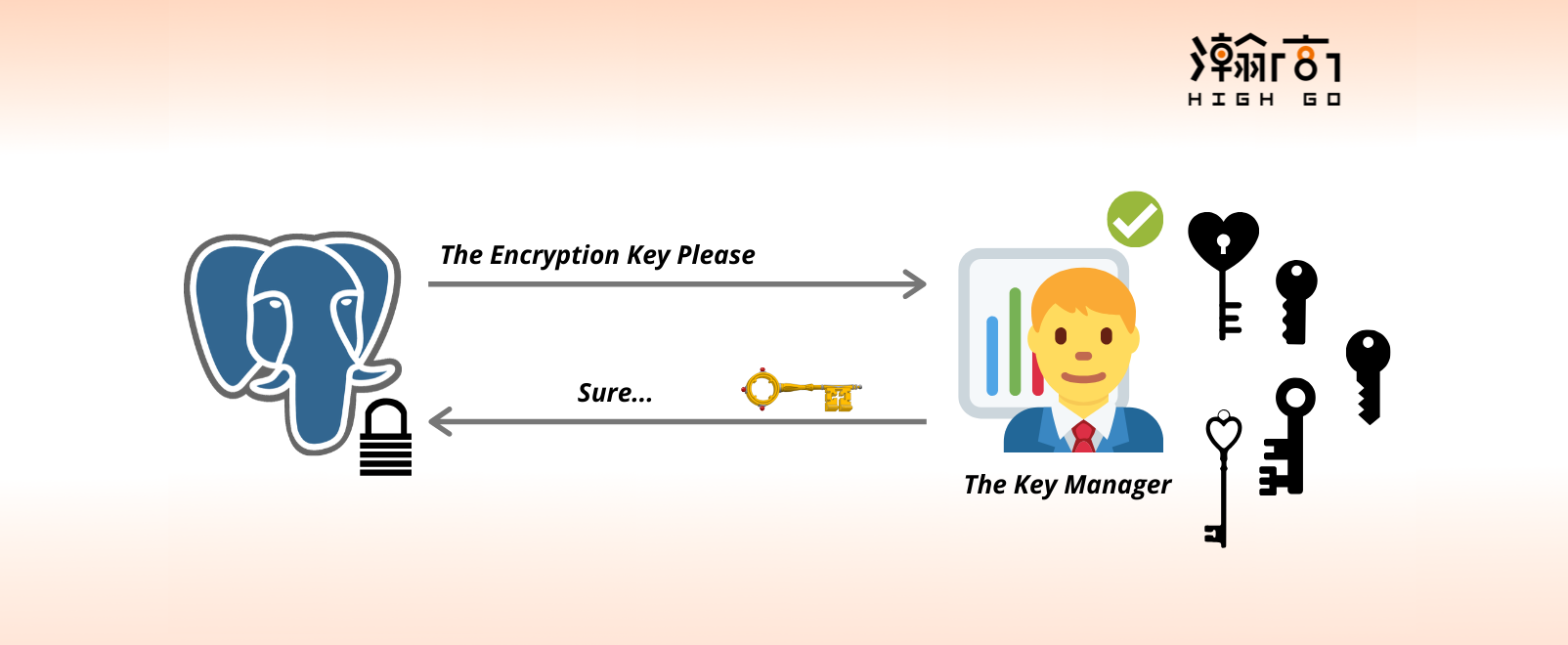
1. Introduction
Data and user security have always been important considerations for small to large enterprises during the deployment of their database or application servers. PostgreSQL today has rich support for many network level and user level security features. These include TLS to secure database connections, internal user authentication, integration with external user authentication services such as RADIUS, LDAP and GSSAPI, and TLS certificate based user authentication …etc. However, it does not yet support Transparent Data Encryption (TDE) feature where all the database files and logs have an option to be encrypted before written to disk or decrypted when retrieving from the disk. This adds extra security measure to protect against disk theft.
All these features have something in common; they all use cryptographic keys (either symmetrical or asymmetrical, statically generated or exchanged on the fly using Diffie Hellman) in some ways to achieve the security goals. It is quite common for an organization to focus entirely on the actual data encryption part but pay minimal attention to the cryptographic keys that make the encryption possible. In fact, data encryption is the easy part, the protection of the cryptographic keys is often the hardest as it has several levels of complexities.






